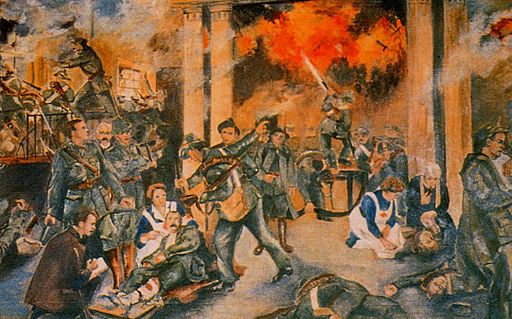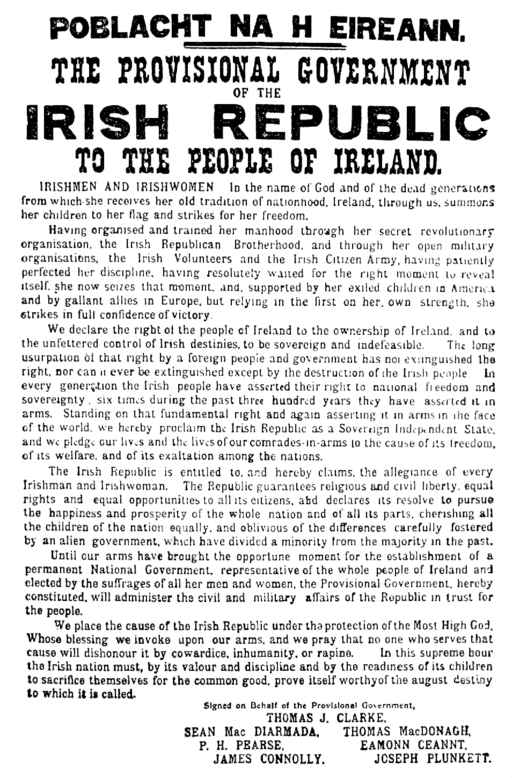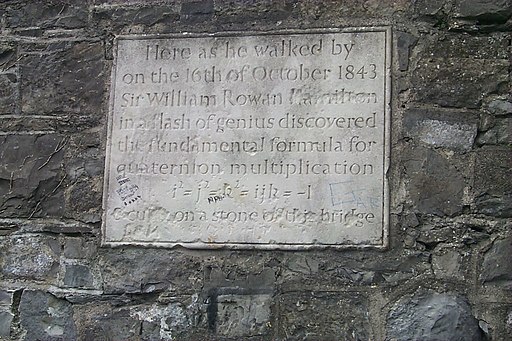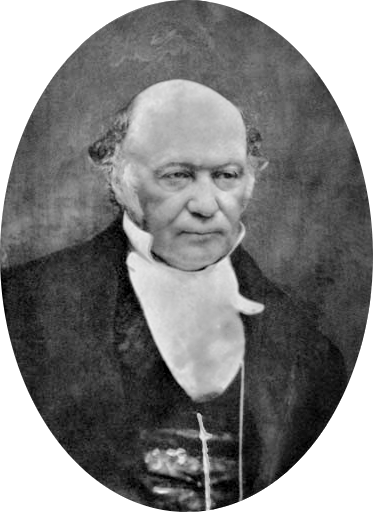A History and Guide to the Dublin North Bay Area with Dennis McIntyre
– From the Stately Customs House to the Wild and Charming Howth Head –
Customs House to Howth Head: A History and Guide to the Dublin North Bay Area is author, Dennis McIntyre's latest contribution to Irish, local, social and cultural history.
The trek, from the stately Customs House in the city centre to the wild and charming Howth Head, is documented in all its facets, angles and aspects. Exhaustively researched, the book is both informative and entertaining, in addition to being copiously illustrated with a well-chosen selection of images.
This is not just a local history but rather, a series of local histories, covering Dublin's Customs House and Docklands areas, North Strand, Summerhill, Ballybough, Fairview, Marino, Donnycarney, Clontarf, Killester, Raheny, Kilbarrack, Bayside, Donaghmede, Baldoyle, Sutton and Howth. It has everything that local history should have – and that bit extra.
Dennis McIntyre is the previously published author of Meadow of the Bull: A History of Clontarf (1987) and has also written about other aspects of Irish history, such as in Bram Stoker and the Irishness of Dracula (2013) and Irish Nationalism, Irish Republicanism and the 1916 Easter Rising (2016).
Customs House to Howth Head: A History and Guide to the Dublin North Bay Area is published by Shara Press and is available to buy online (RRP €19.99).
The book will formally launched at Clontarf Castle Hotel on Wednesday, 1 February starting 8pm, where copies will also be on sale and the author will be on hand to sign them. Joe Harrington of Sunshine Radio will provide the keynote address, while Ciaran Murphy, of Near FM radio, will perform the introductions.
Dennis McIntyre is an author, historian, tour guide, broadcaster and former teacher. Originally from Sligo, he has lived on the northside of Dublin for a number of years and he has established a reputation as a local historian. In addition to his writing, Dennis McIntyre also serves as founder and director of Dublin North Bay Tourism and the Stoker Dracula Gothic Organisation. Previously published works are also available to buy online.
Listen to the podcast of Dennis McIntyre talking about his new book with John Connor on NearFM’s Lifeline Programme.





